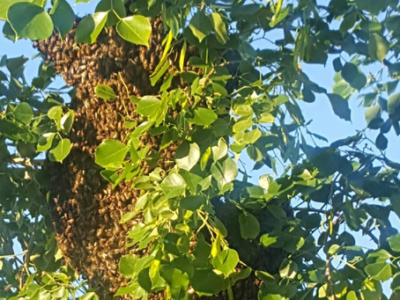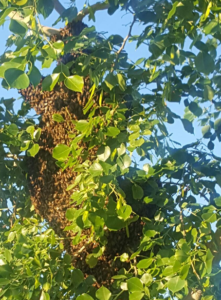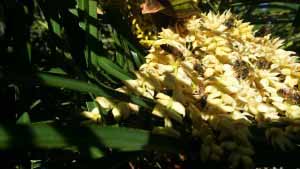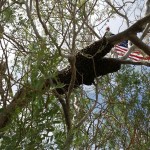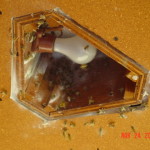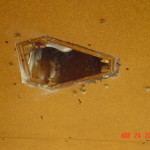What is Anaphylactic shock?
Anaphylaxis is a severe, whole-body allergic reaction to a chemical that has become an allergen. After being exposed to a substance such as bee sting venom, the person’s immune system becomes sensitized to it. It is estimated that more than 400 people die each year in the U.S. from bee stings. This reaction can lead to difficulty breathing and shock ultimately leading to death.
- A single bee sting, for example, may not cause an allergic reaction the first time.
- Another bee sting may produce a sudden, severe allergic reaction known as anaphylaxis or anaphylactic shock.
Experts say that between 1% to 15% of the US population is at risk of having an anaphylactic reaction if exposed to at least one allergen – they add that these figures vary according to various definitions of a reaction. Approximately 1% of those with anaphylaxis may consequently die.
Only a very limited portion of the population (one or two out of 1000) is allergic or hypersensitive to bee or wasp stings. The average person can safely tolerate 10 stings per pound of body weight. This means that although 500 stings could kill a child, the average adult could withstand more than 1100 stings.
If you are unsure – call 911 immediately or Poison Control 1-888-222-1222 for more information.



